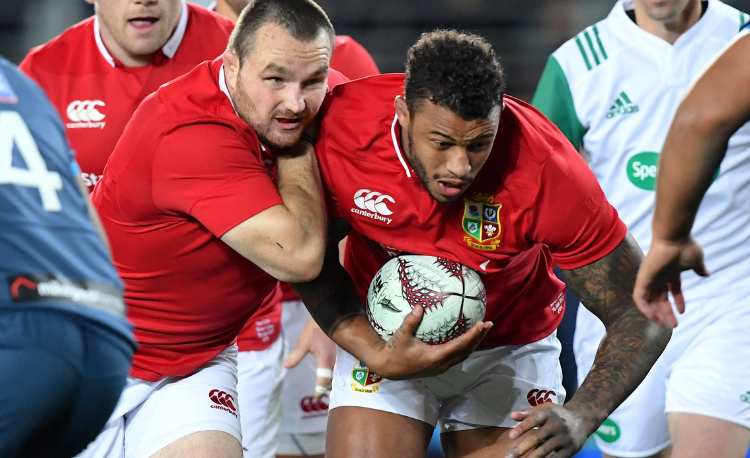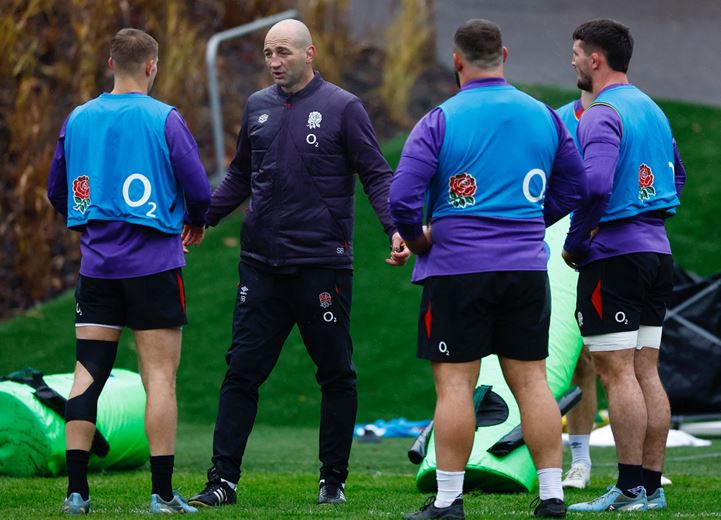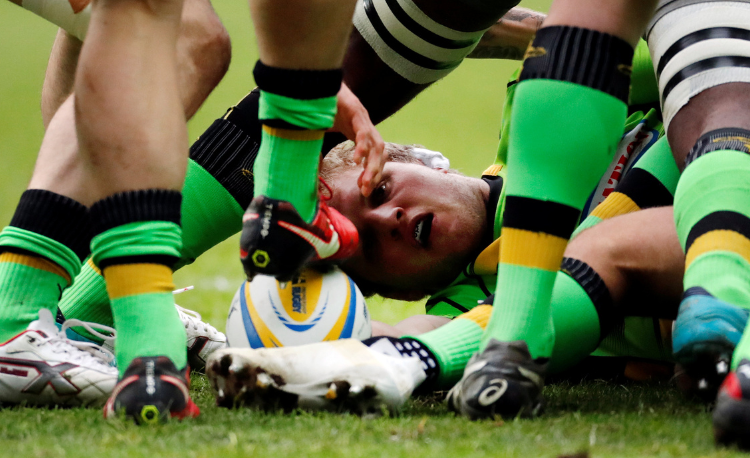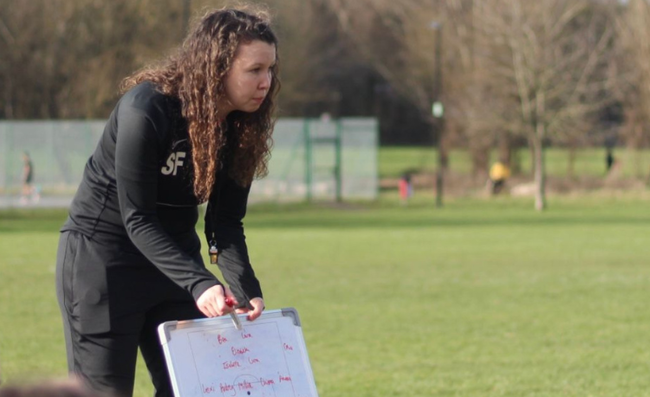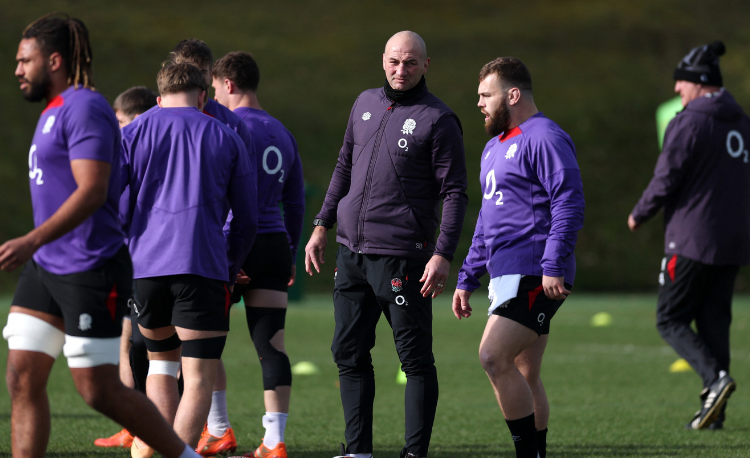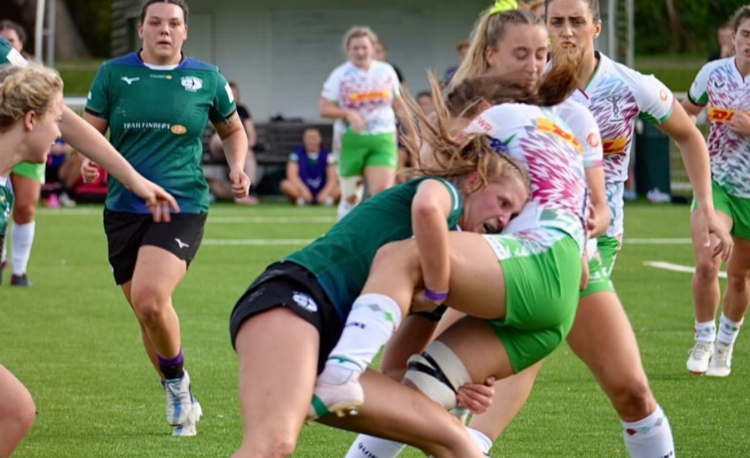Pump the brakes? Or step on the gas pedal?
Silicon Valley Rugby’s SEAN LINDERSMITH on determining the pace of a session.
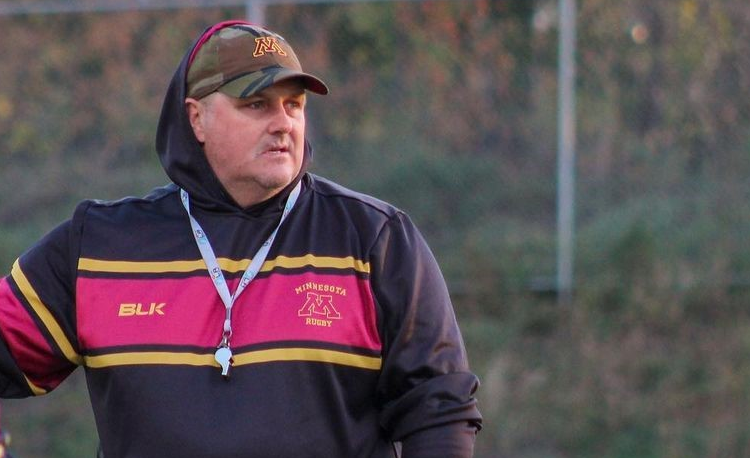
I read somewhere that a great coach gets you to play at their speed and not the one you are comfortable at.
You can interpret that statement in many ways but the truth of the matter is this: A great coach knows how to determine the tempo of training in order to have their players punch above their weight in matches.
Let’s first challenge ourselves to think how often we have done the following:
- Discussed session intentions with your staff to know when to push the pace.
- Designated session blocks to help staff and players know what mindset you are trying to achieve.
- Identified the indicators that the pace may need to be adjusted to create an effective outcome.
- Utilized transitions in training to your advantage.
This is where the art of coaching lies. Let’s look at a few ways we can use session pace to our advantage.
Call early the intention
It is common to publish a session plan so everyone knows what to expect for the session. How can you take this to another level?
I feel it is good practice to communicate with your leadership when you intend to manipulate the pace or tempo of a training session. I would call this ’setting your intentions’.
I have used the setting of intentions to let players know what intensity or speed to expect in a session.
This can be outlined in your session plan and/or reinforced in the huddle before you begin the session.
Intentions are different than outcomes and that is an important difference to keep in mind. Intentions set a tone for the session, while outcomes clearly come from the work done during training.
If everyone is on the same page, that will make it easier for you to drive the session’s pace and see what outcomes arise from it.
During the session, checking in with your fellow coaches and players will enable you to see if the tempo is appropriate or if you need to adjust course before pushing the players harder.
What’s the vibe?
Another great method I have seen used to drive session pace was Clark Laidlaw’s designation of training blocks to match the mindset in the All Blacks’ Sevens training week.
I was fortunate enough to be a liaison officer for them during their run to gold in the Rugby Sevens World Cup in 2018 and learned a great deal during my time with the team.
Clark created an environment where everyone performed to the best of their abilities and that included us as liaison officers.
He would label sessions with the following system so the staff would match the mindset of the team in training that he was expecting:
’FP’: Focused performance
’FC’: Fun and connection
’FG’: Fear and growth
Clark wanted to make sure that everyone was aligned with the intention of the session and not goofing off when they should have been focusing intently.
He explained what each designation meant and that a session may have blocks where one or two designators might be used.
For example, the staff might push the tempo of the session to take the team to a dark place, initiating ’FG’ (fear and growth), but if the players responded well, the block could finish by transitioning to ’FP’ - focused performance.
Thank you for reading
to enjoy 3 free articles,
our weekly newsletter, and a free coaching e-book
Or if you are already a subscriber, login for full access
Newsletter Sign Up
Coaches Testimonials

Gerald Kearney, Downtown Las Vegas Soccer Club

Paul Butler, Florida, USA

Rick Shields, Springboro, USA

Tony Green, Pierrefonds Titans, Quebec, Canada
Subscribe Today
Be a more effective, more successful rugby coach
In a recent survey 89% of subscribers said Rugby Coach Weekly makes them more confident, 91% said Rugby Coach Weekly makes them a more effective coach and 93% said Rugby Coach Weekly makes them more inspired.
Get Weekly Inspiration
All the latest techniques and approaches
Rugby Coach Weekly offers proven and easy to use rugby drills, coaching sessions, practice plans, small-sided games, warm-ups, training tips and advice.
We've been at the cutting edge of rugby coaching since we launched in 2005, creating resources for the grassroots youth coach, following best practice from around the world and insights from the professional game.




